After talking to Rebecca and Ruben about their wine boutique, Soil & Vine, last month for The Work We Do, I asked if they’d be willing to come back and provide some practical advice about what to bring when you’re invited to someone else’s house for dinner this holiday season. After all, a bottle of wine is probably still the most-commonly brought host gift. (And there’s nothing wrong with that!)
Ruben, who was captain and sommelier at The French Laundry for 7 years, came through with an incredible list of suggestions. It goes beyond what I could have wished for: it’s at once specific and wide-reaching and I know I’ll be coming back to consult it on many different occasions. In fact, I may have to make it a game some night to guess who will like what. I’m so happy to get to share his advice today…
Bring a bottle to share: How to choose wine
by Ruben Moreno, wine importer and co-owner at Soil & Vine
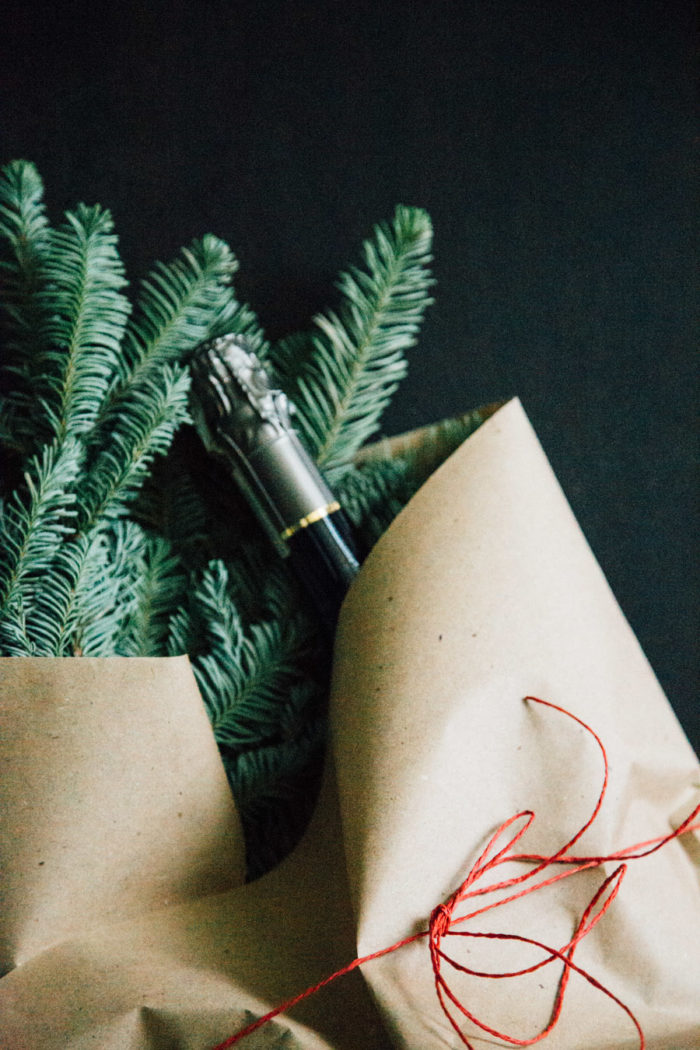
Know your audience
When I worked the floor of The French Laundry, I always looked for subtle clues into what our guest’s taste might be. Where does she go wine tasting? Does he drink Bourbon or Vodka? Where do they travel? If you think about it, you know what your friends drink and where they have traveled too, so take those things into consideration. I’ll give you three scenarios:
Friend #1: Drinks bourbon, beer, and has visited Scotland and Ireland. On average, I would say a person with these interests would like what we call “New World” wines. These wines are made with riper grapes, which result in higher alcohol and sweeter fruit flavors and are aged in generous amounts of new oak. So consider warm-climate wines for them, or bigger bolder wines. Here a few of my go-to wine regions meeting this criteria:
- Napa for Cabernet Sauvignon, Merlot, Chardonnay
- Santa Barbara for Pinot Noir
- Priorat for red blends (Grenache base)
- Chateauneuf-du-Pape for red blend (Grenache base) and white blends
- Bordeaux, specifically the villages of St. Estephe, St. Julien, Margaux, and Paulliac
- Amarone della Valpolicella for a red blend from the Veneto
- Brunello di Montalcino for “Brunello,” made with Sangiovese Grosso
Friend #2: Drinks fruity vodka and rum drinks, has travelled around the world, and loves Southeast Asia. I would suggest a white wine with a fruity aromatic character. You can go dry, or slightly sweet (we call these wines Demi-Sec). Some suggestions:
- Alsace Riesling, Muscat, Pinto Gris and Gewurztraminer
- Vouvray (a Chenin Blanc)
- Sancerre (a Sauvignon Blanc)
- Pouilly-Fumé Savignon Blanc with some oak aging
- Condrieu Viognier
- Collio Friulano and/or Pinot Grigio
- Mosel Riesling and Gewurztraminer
- California Sauvignon Blanc
- Sicilian whites
Friend #3: Drinks craft cocktails that are on the drier side, is well traveled, likes savory food, and is into the criterion collection of movies. For these people we choose “Old World” wines with earthy mineral characters that are more about a place and a region than the fruit itself. A few ideas:
- Piedmont. Barolo is made with Nebbiolo. I recommend 2004, 2006, 2007, or a good value alternative is Langhe Nebbiolo.
- Burgundy. When you bring a bottle of burgundy to a party it screams sophistication, so be willing to pay extra for a good one.
- Rioja wines are incredible values, and are super expressive of the traditions of Spain’s most renowned wine region.
- Cornas wines are earthy and sanguine in character. (These go great with game birds, and would be an excellent choice if you friend is a duck or pheasant hunter.)
Throw them a curve ball
A great way to start a the conversation is by blind tasting your guest on several wines. Not only is it fun to see them try to guess what the wine is, but its a great conversation starter as people ask each other what they think about wine. You will need some wine, a brown bag or handmade-blind tasting sleeves,* some kind of note pads and pencils for people to keep track of their wines and some snack like cheese, charcuterie, nuts, and olives. This is the best icebreaker ever!
Let it breathe
If you are having some of your foodie friends over for dinner that you have slaved away to make, make sure you decant, or at least open, your wines 30 minutes to an hour before you serve them—especially if you are serving wines from your private stash!
Restaurants are the right place to venture out and experience new wines
Wine professionals tend to ask what you like and then serve you exactly that. Boring. Instead tell them what you like to drink, and follow it with “that said, I want to expand my horizons and try wines that are similar, but different.” Don’t forget to let the Sommelier know your price range or you might end up with a crazy-expensive check.
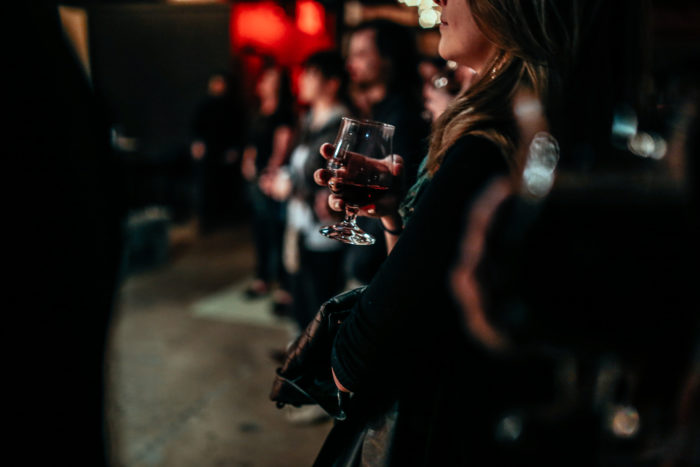
A few basic rules to planing a dinner party
Alway know your audience, you don’t want to serve earthy, mineral driven wines to friends who like sweet wines. What kind of vibe are you going for? Is going to be a sit down formal dinner or a cocktail reception? This will help you determine your price range for the wine.
For dinner parties, I like to take it a step up from the norm. For cocktail parties, I like value driven wines good Prosecco instead of Champagne, Napa County instead of Oakville, Valpolicella instead of Amarone della Valpolicella… you catch my drift.
On average most people drink about 2-3 5oz glasses of wine in two hours. A bottle of wine is 25.4 oz, so be sure to do the math.
There’s no better way to greet your friends than with a glass of bubbles. You don’t have to blow your budget. Here are some recommendations:
- Valdobbiadene Prosecco Superiore DOCG BRUT (This is dry. Remember, “Extra-Dry” means it’s sweet.)
- Cremant de Jura
- Cava
- And to impress, Champagne is alway a good way to go
Best Hostess Gifts
Wine is definitely my favorite hostess gift. I don’t have to think too much about it, I don’t have to worry if they need it, and its a crowd pleaser. The question is how to differentiate your wine from every one else and make it memorable. The story matters.
Carefully select wine that you love and want to share because you love what the winegrowers are doing. They might farm organically or bio-dynamically because they believe that protecting the environment is important and that it also results in a better wine. They might grow heirloom grape varietals that showcase unique and interesting characters. Always refer back to point number one,“know your audience,” and choose a wine that you feel passionate about but will also be liked by others.
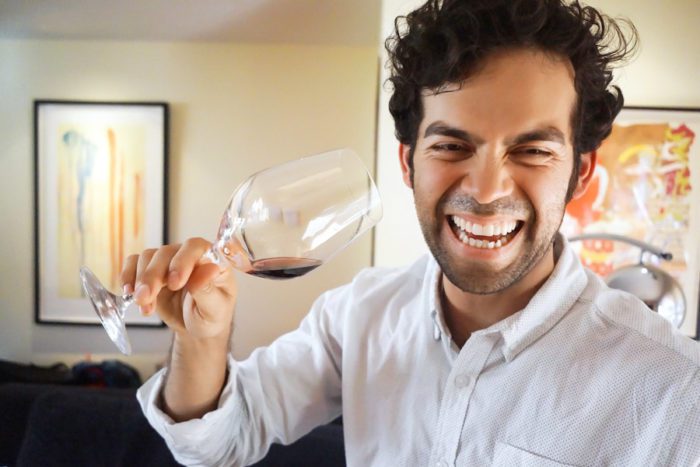
Thank you, Ruben!
Ruben Moreno is a wine importer and co-owner of Soil & Vine, an online wine boutique focused on sustainable, organic, family-owned estates from around the world.
P.S. Read about how Ruben and his wife Rebecca Gingrass started their company, Soil & Vine. It will inspire you to take a risk!
[Photo credits: Champagne toasts and photo of Ruben courtesy of Rebecca Gingrass; lead image and images 2, 4, 5, and 9 are mine]

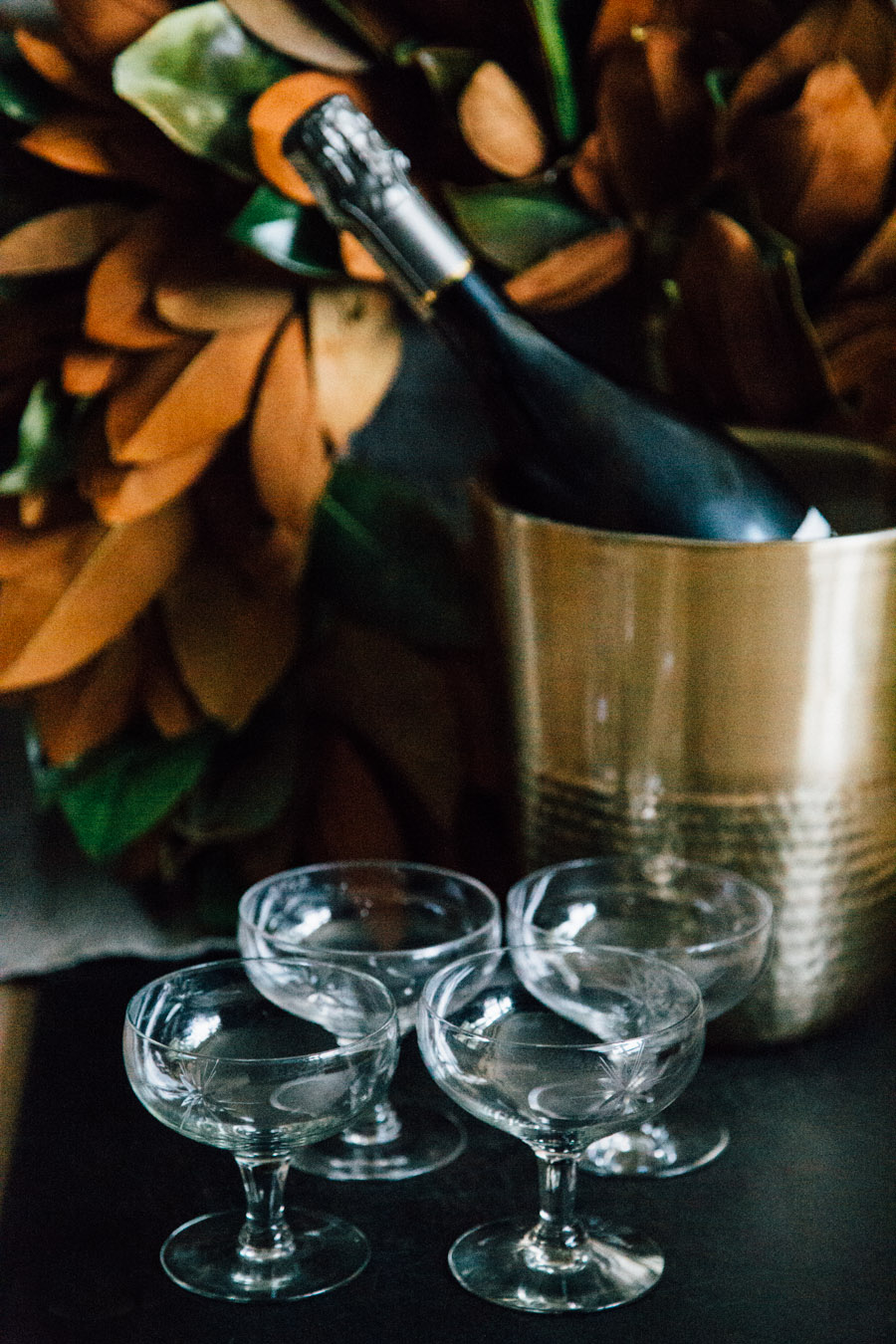
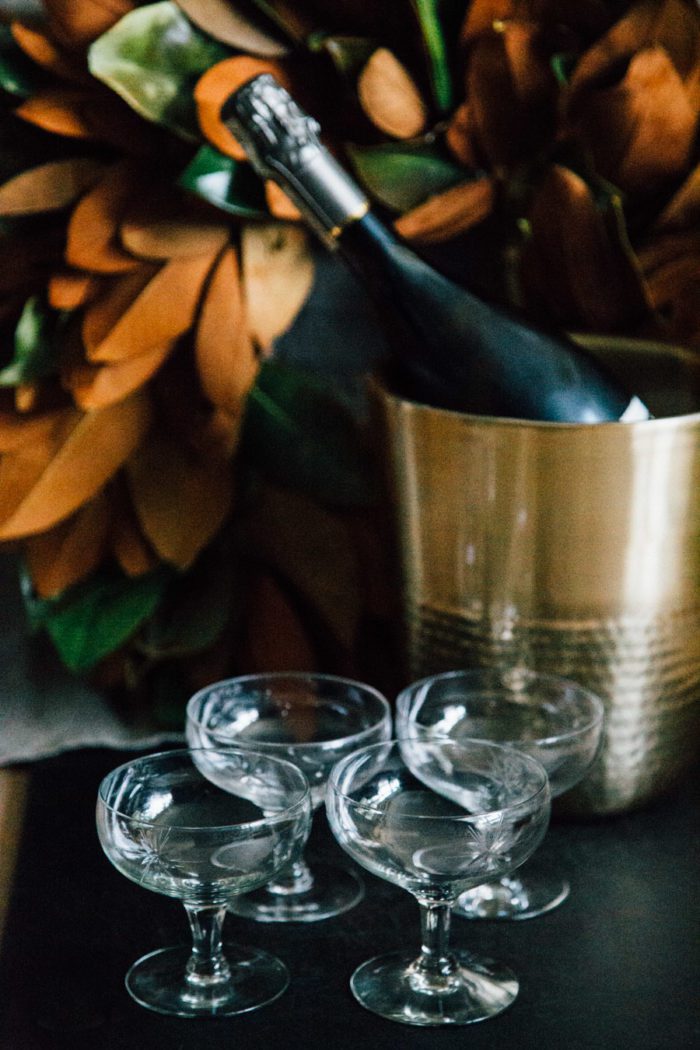
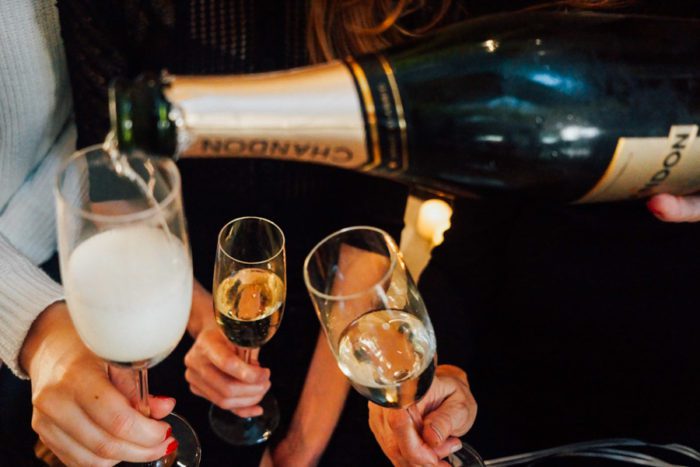
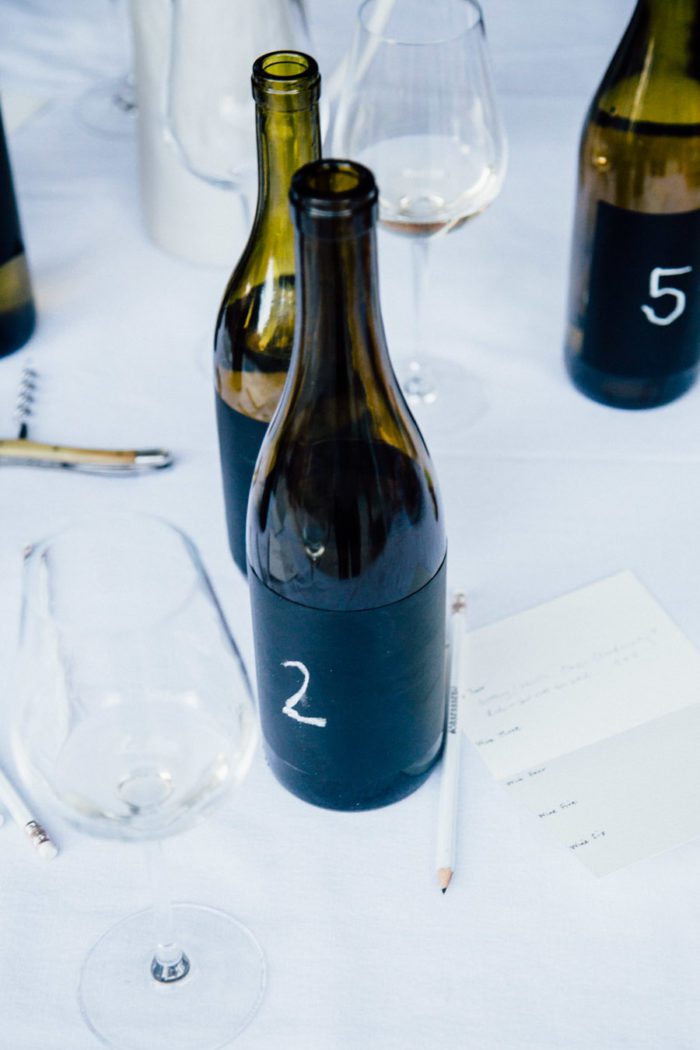
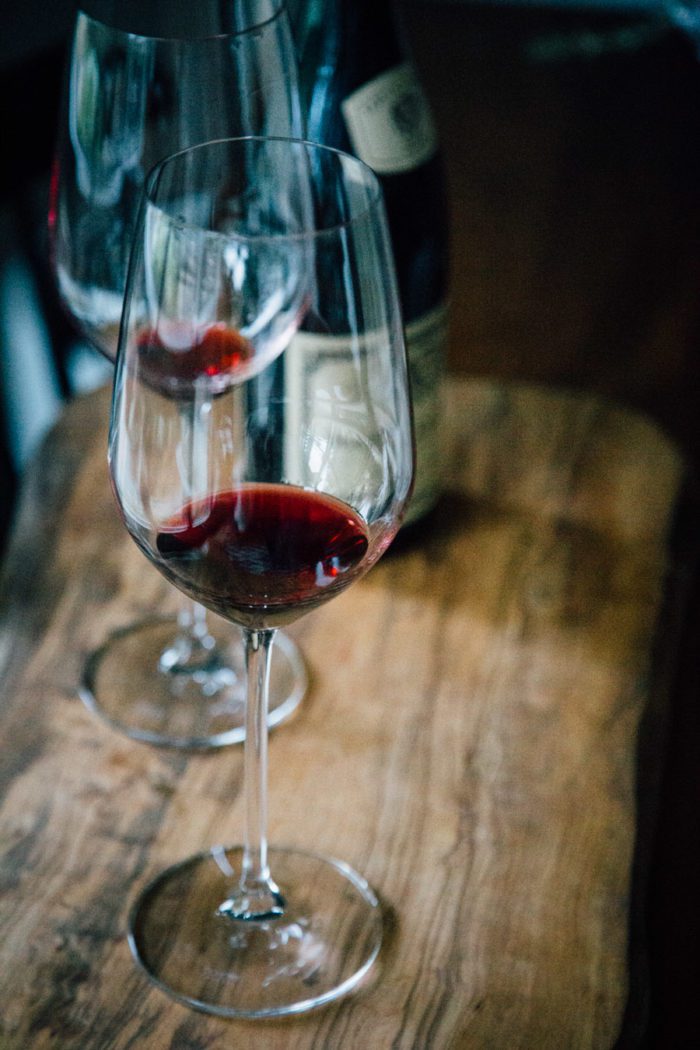
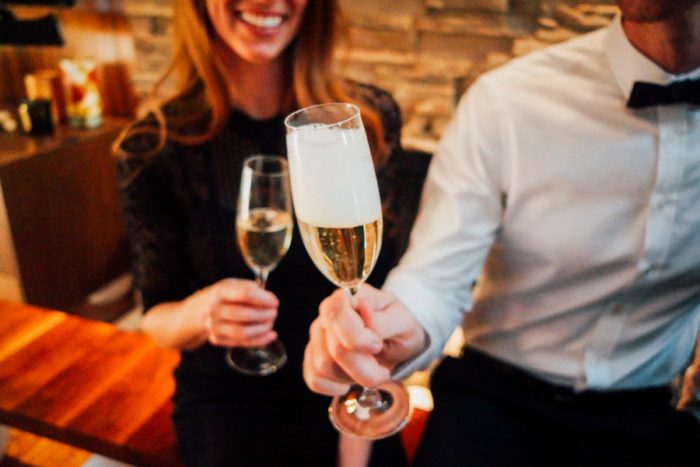
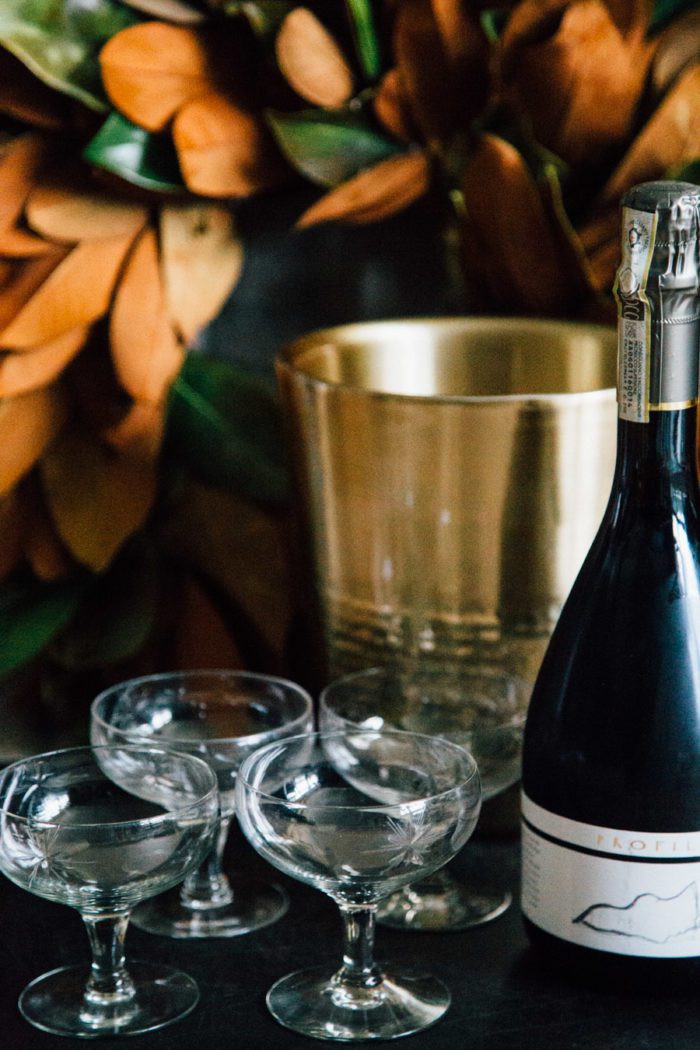



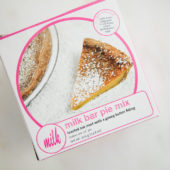









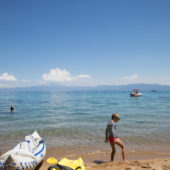


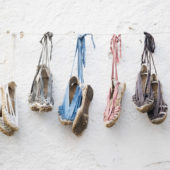


















8 Comments